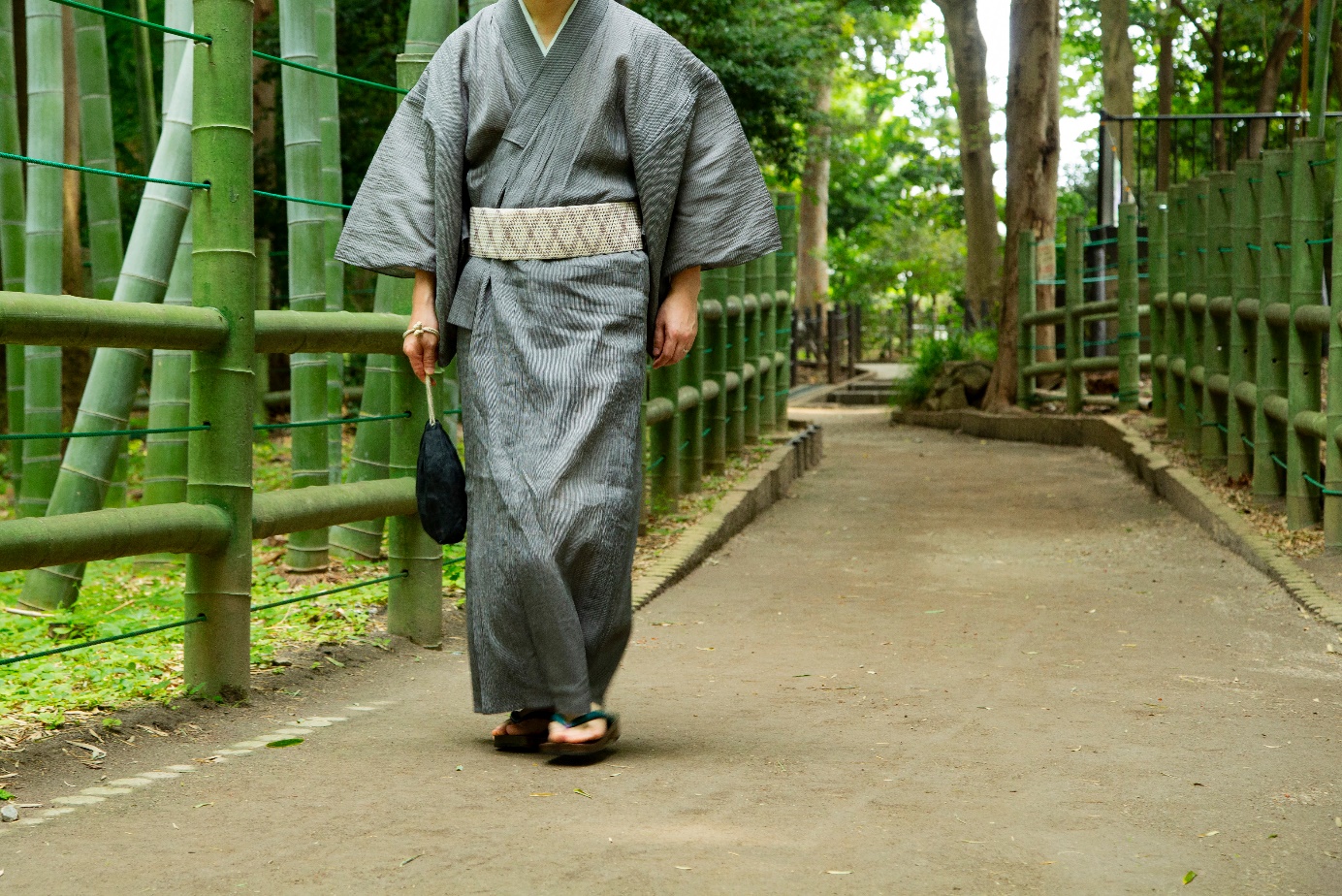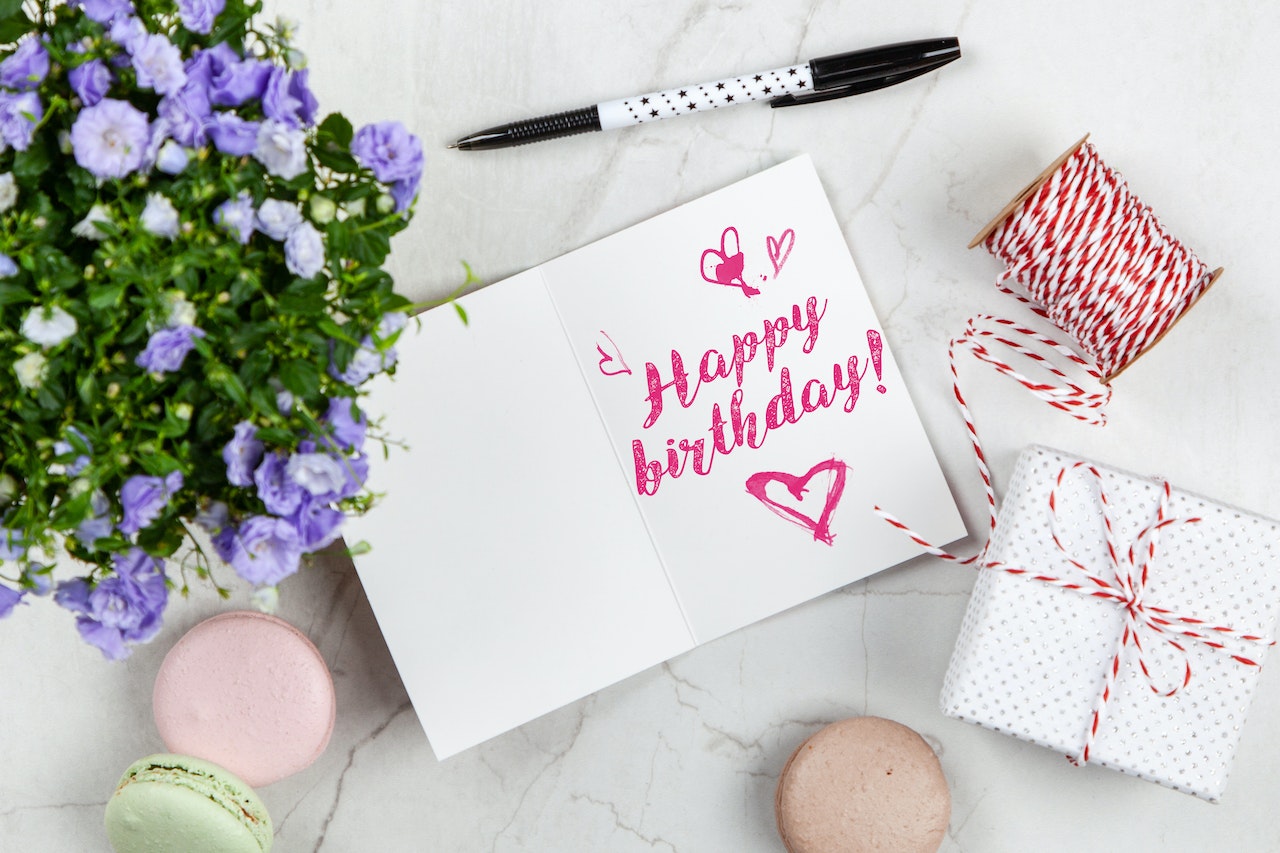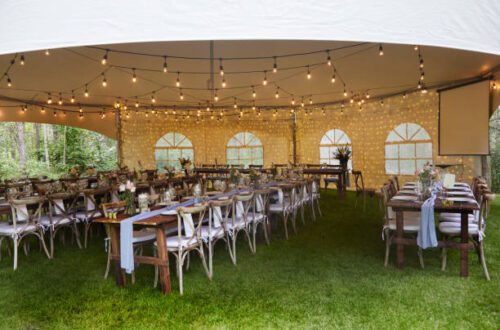A Kimono is more than just a traditional Japanese garment; it’s an art form and a symbol of Japan’s rich cultural heritage. Originating from Japan’s Heian period (794-1185), kimonos are long, robe-like attire with wide sleeves and a belt known as an ‘obi’, which is typically tied at the back.
Kimonos are made of various materials including silk, cotton, and linen, and they’re often meticulously decorated with a range of vibrant colors and intricate patterns. The designs can symbolize seasons, occasions, or even the wearer’s marital status. The beauty of a kimono doesn’t just lie in its aesthetic appeal; each stitch, pattern, and fold has a story to tell about Japanese culture and tradition.
Do Men Wear Kimonos in Japan?
Yes, men do wear kimonos in Japan, though perhaps not as frequently as they did in the past. Traditionally, kimonos were daily wear for both men and women. But with Western-style clothing becoming commonplace in Japan, kimonos are now usually reserved for special occasions and formal events.
You’ll often see men wearing kimonos at traditional ceremonies such as weddings, tea ceremonies, and festivals. The style of men’s kimonos tends to be more subdued compared to women’s, usually in darker colors and simpler patterns. The type of kimono a man wears can also signify his age, marital status, and the level of formality of the occasion.
In recent years, there has been a revival of interest in kimonos, with younger generations embracing their cultural heritage and adding a modern twist to the traditional garment. This has led to the rise of contemporary kimono styles that blend the old with the new, showcasing the timeless allure of this quintessential Japanese attire. 
The Male Kimono: Types and Styles
Unlike their female counterparts, men’s kimonos are characterized by understated elegance. Typically, they are less ornate, simpler, and favor darker, more muted colors.
Several types of kimonos are traditionally worn by men in Japan, each suitable for different occasions. The most formal is the “Kuro-montsuki Hakama”, a black kimono worn with family crests and a pair of wide-legged trousers known as hakama. This ensemble is usually seen at weddings or other ceremonial events.
The “Yukata”, on the other hand, is a casual, summer kimono made of cotton. This light and airy garment, often adorned with geometric patterns, is worn to summer festivals or for lounging at home.
The “Haori” is a sort of kimono jacket, worn over the kimono itself. Haoris tend to be simpler, featuring subdued colors and sometimes displaying family crests on the back.
The Kimono in Modern Japanese Fashion
While traditional kimonos aren’t a common sight in daily Japanese streetwear, their influence in modern Japanese fashion is undeniable. Designers have taken inspiration from kimonos to create contemporary clothing that blends traditional aesthetics with modern sensibilities.
For instance, some designers have adapted the loose, flowing silhouette of the kimono to create avant-garde outerwear. Others have taken cues from the kimono’s iconic wide sleeves, integrating them into modern shirt and jacket designs.
Furthermore, elements of the kimono are seen in the popular “wafuku” style, which combines Western-style clothing with traditional Japanese elements. Men’s fashion, in particular, sees the integration of hakama-inspired pants and haori-style jackets.
Even the patterns and textiles unique to kimonos have found their way into everyday wear. From cherry blossoms to cranes, these traditionally inspired motifs now grace everything from t-shirts to ties.
In this way, the spirit of the kimono lives on in contemporary Japanese fashion, its influence transcending the passage of time and changing trends, symbolizing the country’s ability to celebrate the old while embracing the new.
The Kimono Outside Japan
The kimono’s unique blend of aesthetic allure and deep cultural significance hasn’t just captivated Japan—it has intrigued the world. Outside Japan, the kimono has been both embraced and reinvented, transforming from a traditional garment to a global fashion icon.
In Western fashion, kimonos have made their mark in two distinct ways. On one hand, high-end fashion designers have incorporated kimono-inspired elements into their collections, with runway models donning reimagined versions of the garment. These adaptations often feature the kimono’s characteristic wide sleeves, wrap-around structure, and even the bold, nature-inspired patterns.
On the other hand, the kimono has found its place in everyday streetwear around the world. From the beaches of California to the fashion-forward streets of London, the “kimono jacket” or “kimono cardigan” has become a common sight. This garment typically maintains the loose, flowing silhouette of a traditional kimono, but it’s made with lightweight fabrics and worn as a stylish layer over western outfits.
It’s also worth mentioning that the international adoption of the kimono hasn’t been without controversy. There have been discussions about cultural appropriation versus cultural appreciation, with some arguing that the use of kimonos by non-Japanese people can sometimes be a form of the former. Nevertheless, the ongoing popularity of kimonos worldwide is a testament to their timeless appeal and the global interest in Japanese culture.
So, while the kimono’s role and appearance may change as it crosses borders and cultures, its essence as a symbol of elegance, tradition, and artistry remains undiminished.






